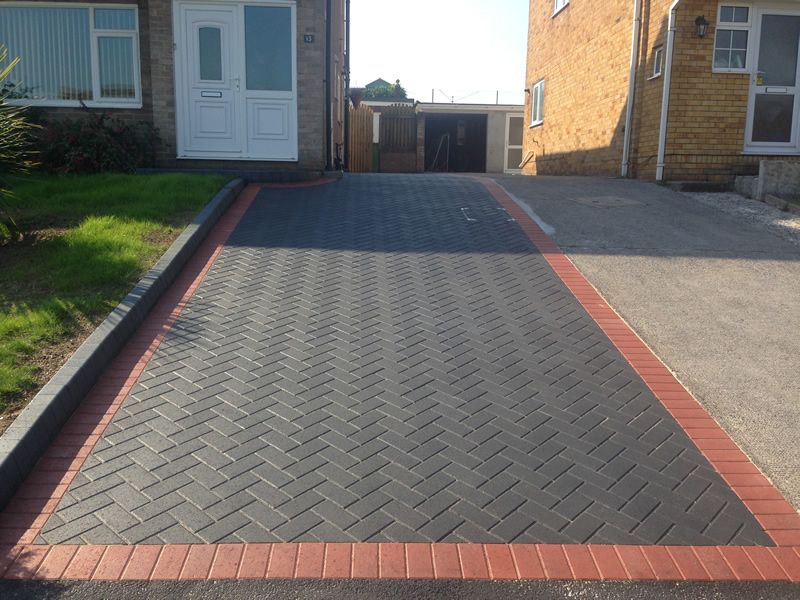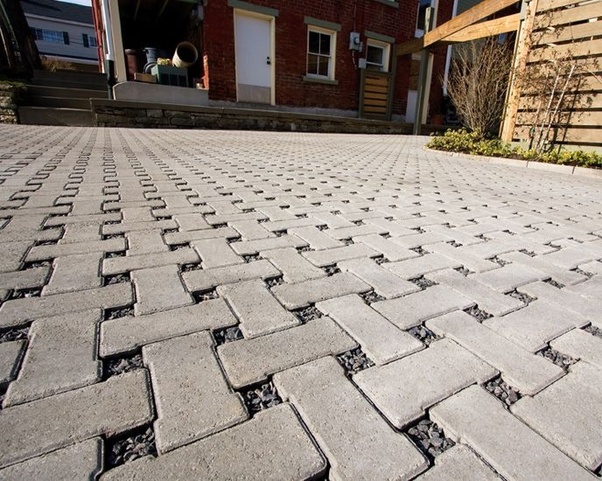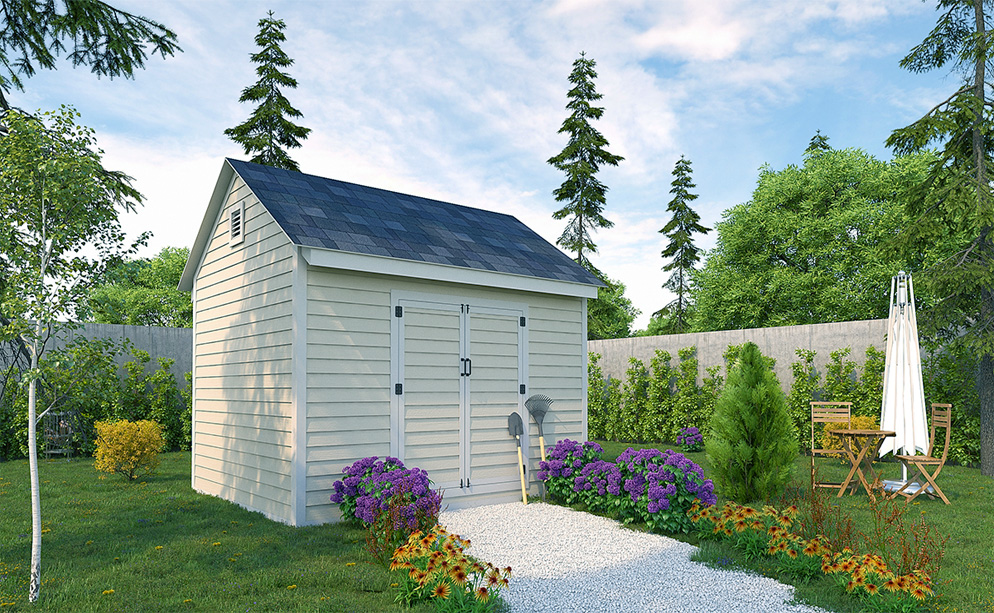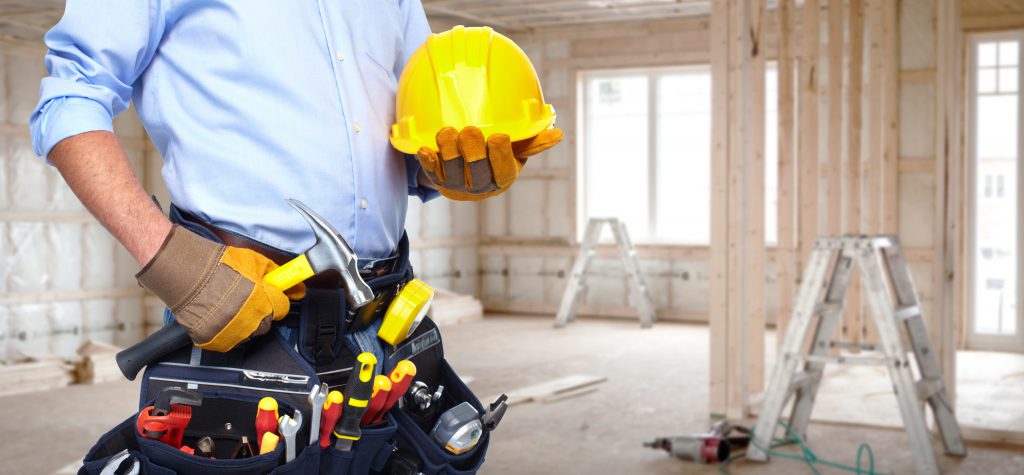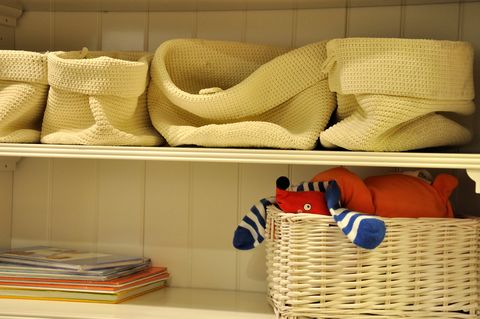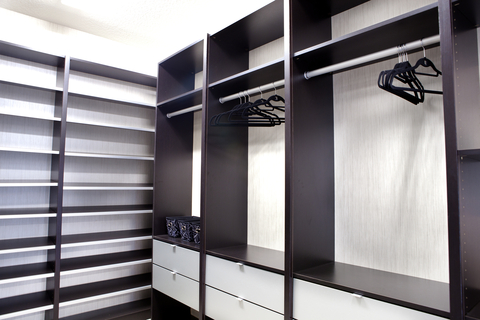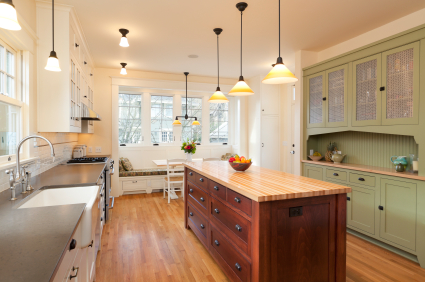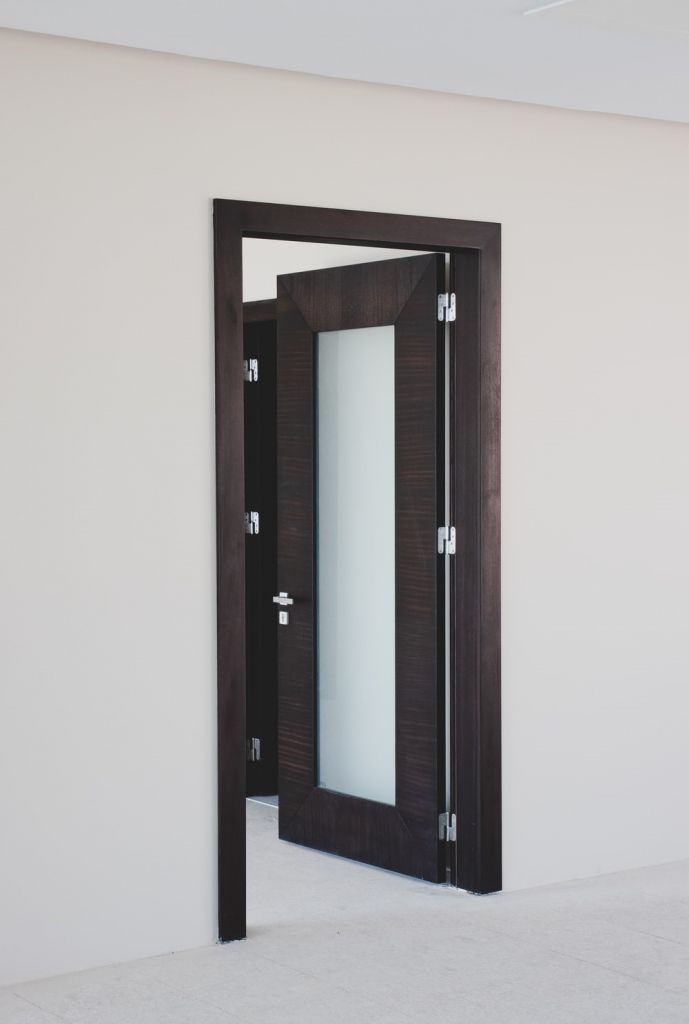 The perfect door can change your home’s entire style and look, not only to the interior but also to the exterior. Doors are extremely underrated when it comes to home design and many of us overlook the functionality of it as well as the visual aesthetic that it can add to a room.
The perfect door can change your home’s entire style and look, not only to the interior but also to the exterior. Doors are extremely underrated when it comes to home design and many of us overlook the functionality of it as well as the visual aesthetic that it can add to a room.
There are loads of new styles, colors, and types available that home owners can invest in. Replacing old wooden doors with new models is not only beneficial to your home’s security but also to the overall property value.
Because it can be quite a complex installation process, one that requires handyman skills and techniques, you might want to consider hiring a professional to do the job for you. Especially if you are planning on renovating, replace a smaller door with a bigger one, or make space in a wall for a newer model.
Hiring the wrong company can result in a wonky installation where the unit isn’t evenly distributed, doesn’t provide optimum insulation, or is wrongly placed along the wall. Once it has been installed, there’s no going back. To help you find the perfect company for the job, here are a few things that you should consider before signing a contract.
MODEL OPTIONS AVAILABLE
Before you start shopping for doors, it’s best to consult a professional installation company to help you track down the perfect type and style for your home. You might only be looking at what the door looks like, but the fact of the matter is that a door needs to fulfill many other needs as well. If you aren’t aware of all these functions it needs to have, then it’s best to consult someone who knows.
Companies that only have one or two types of models available will always try to sell those to you for installation. Before booking an installation, request that they come to your home for a full-assessment. An expert company will have many different model options available for you to choose from.
Voice your home needs and assess whether they have something in their product range for you or whether they can order something. Perhaps you are looking for a specific wood, glass, or design. Maybe you want your door to add extra strength and security or allow natural lighting into the room. Regardless of your personal preferences, the more options the company has available the better.
QUALITY
If you are looking for quality Charlotte commercial doors then it’s important that you find a company that has quality options available. Quality usually comes down to what kind of materials are used in the creation and manufacturing of the model.
Evaluate every single part of the model by looking at the door handles, knobs, hinges, glass, iron, and other materials. You wouldn’t want to install an entire model only for it to deteriorate after the first rainstorm has hit. A door is our protection from the outside world, and just like windows and walls they should be durable and strong.
Consider how maintainable the unit also is by asking what maintenance measures you will have to take and how often. Some doors require an extra coating of certain protective layers in order for them to remain water and weather proof.
EXTRA SERVICES
It’s a great idea to find a company that is willing to provide extra maintenance and care services throughout the year. Especially if you are a very busy person who doesn’t have time to do maintenance around the home, it will be great to find a company that can provide after-installation services.
When you do experience some problems with the door a few weeks after installation, make sure that the company can provide one or two free check-ups and that they won’t charge a service fee for fixing a minor issue afterwards. Before you hire, read the company’s terms of service to avoid any disputes in the future.
 REVIEWS AND RECOMMENDATIONS
REVIEWS AND RECOMMENDATIONS
One of the best ways to find the perfect installation company is to check past reviews. When the majority of past reviews are positive, then you might have found a winner. With the internet becoming everyone’s number one source of information, many people aren’t scared to share their honest opinions about the services they’ve experienced. A quick google search will give you review results to research.
It’s important that the company’s client service is just as organized and friendly. In case there are any problems with the work delivered, you should feel comfortable enough to raise your concerns. You’ll be able to see online whether the company is able to resolve any bad reviews and complaints. This is also a great indication of the company’s professionalism and experience.
EXPERIENCE AND TRAINING
If you’ve ever attempted to install a door yourself, you’ll know that it requires a lot of skill, power tool handling, and an eye for detail. Many things can play a role in how to install the unit. Things like the wall’s material, the thickness of the wall, the door size, and the placement, all have an effect on how it should be installed.
It’s therefore important to hire a company that is experienced in installing doors in many different commercial properties in Charlotte. There’s a big difference between installing a double-sided front door and a smaller cabinet door.
COST AND PRICING
When your home’s safety is at stake, you shouldn’t compromise quality over price. But you shouldn’t pay for a service that is clearly overpriced. Request a clear quotation from the company that lists all installation services, labor costs, and the cost of the door itself.
Make sure that there aren’t any hidden costs or extra charges that might pop up once the installation process is under way. If you have a specific budget, ask that the company try to stick within that.
Hiring a Charlotte commercial door installation company will save you a lot of time and will ensure quality work.
Tags: contemporary, doors, garage, home improvement, wood

